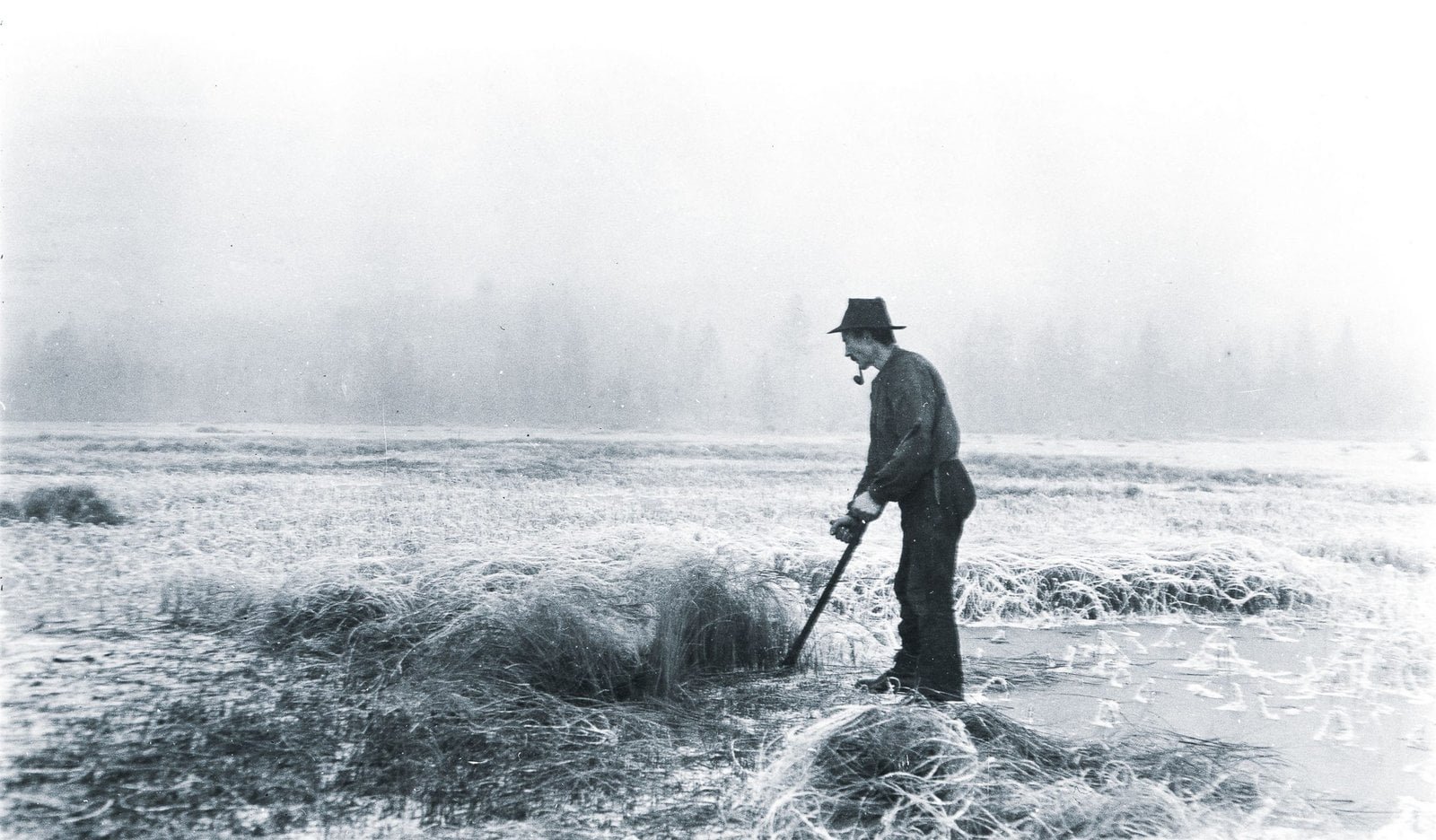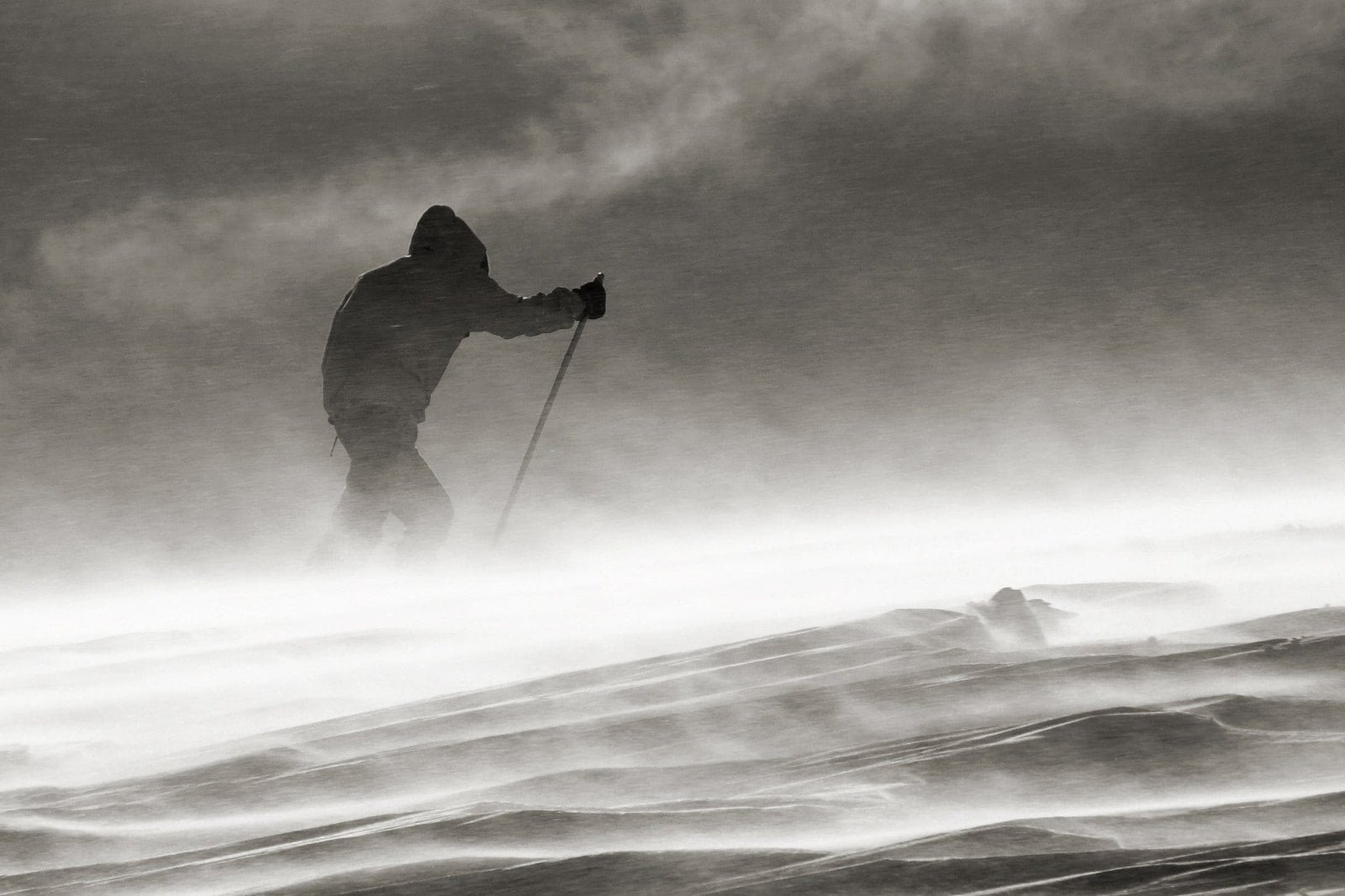A brief introduction
The Sami are often referred to as one people, but they are in fact several peoples. The various sub-groups have common ethnic and linguistic roots, but still individual identities and languages.
Historically, the Sami lived in areas stretching across today’s Norway, Sweden, Finland, and Russia. Sapmi is the common name used for these territories today.
The historical Sami were fishers, hunters, and gatherers. Against all odds, the Sami ways of life survived well into our own time – and continue today, adapted to the modern-day world.
From the early 1900s onwards, the Sami started to organise across state borders: to push back on harsh integration-policies, and to fight for ancient territorial rights.
Symbols of identity
In recent decades, the Sami have come a long way when it comes to formalising their rights, including the protection of languages and cultures.
6 February is the Sami National Day. The date commemorates the first cross-border Sami assembly held in Trondheim, Norway, in 1917.
The Sami National Anthem – Sámi soga lávlla – is based on a poem written by Isak Saba in 1906. Arne Sørli composed the music in 1961.
The 13th Nordic Sami Conference, held in Åre, Sweden, on 15 August 1986, adopted a new and official Sami flag; following a flag-design competition won by the Sami artist Astrid Båhl, from Skibotn in Troms, Norway.
The flag’s design
Astrid Båhl designed the official Sami flag based on symbols taken from the traditional Sami drum and the poem Paiven parneh by Anders Fjellner.
Båhl based the core structure on an earlier and unofficial version of a Sami flag, designed by Máret Stueng in 1962.
In his poem, Anders Fjellner describes the Sami as children of the sun. The circle in the flag symbolises both the sun and the moon.
The colours used in the Sami flag are based on the most common colours used when making traditional Sami clothes.
Source: Sametinget sametinget.no | EGP.00009











